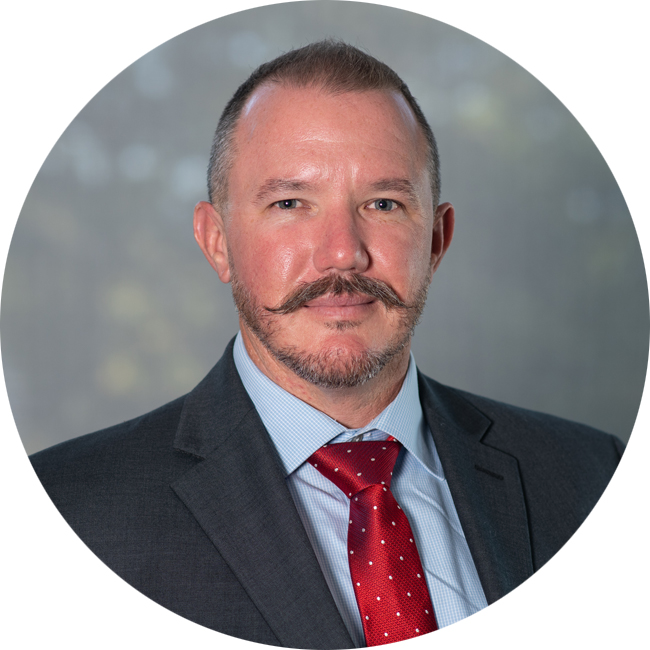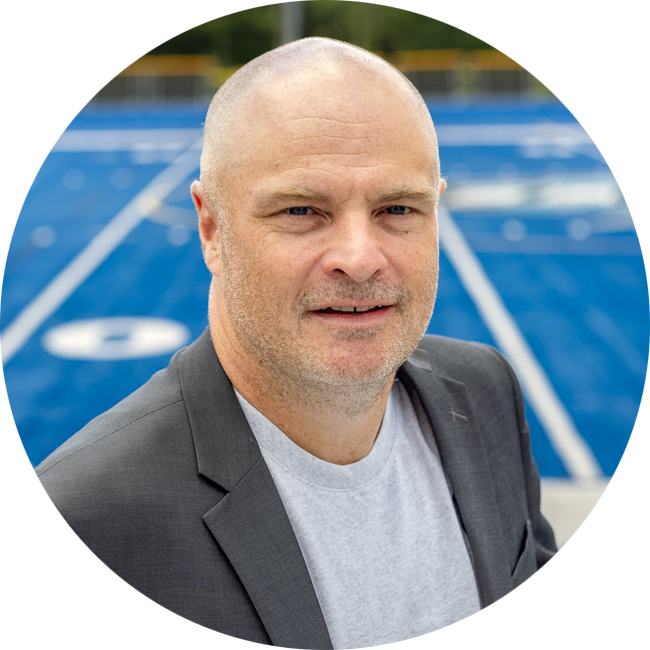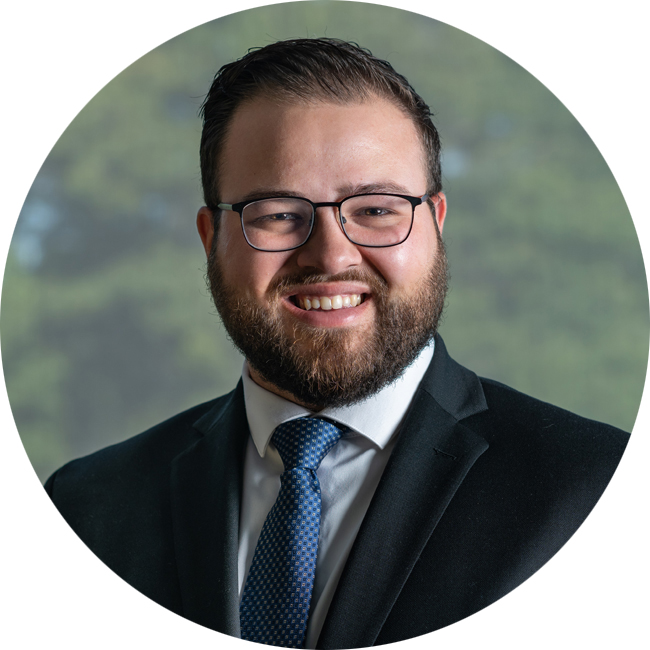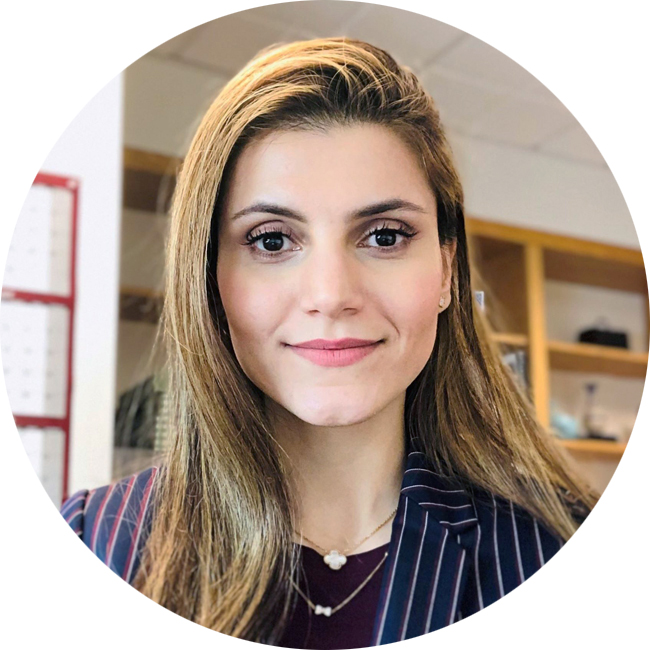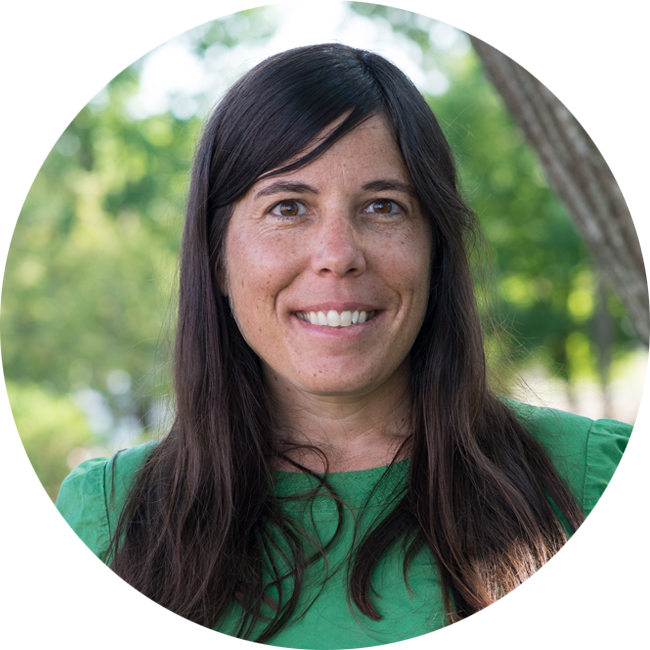
Social Security fundamentally changed how Americans viewed government responsibility by creating a financial safety net for those exiting the workforce. The program has become a cornerstone of economic security, providing critical stability for retirees. However, its initial exclusions — particularly of agricultural and domestic workers, who were disproportionately African Americans and women — reflect the inequities embedded in early policy design. My work examines how Social Security has evolved over time to address these disparities, including its growing impact on same-sex couples. While significant progress has been made, these analyses highlight the ongoing need for reform to achieve greater equity.
At the same time, the New Deal reshaped the physical landscape of the nation through investments in public lands. Programs like the Civilian Conservation Corps didn’t just create jobs during a time of mass unemployment — they also built trails, planted trees, and laid the foundation for much of the infrastructure in today’s state and national parks. The trails, campgrounds, and comfort stations in these parks reflect the contributions of one of the most ambitious public works projects in American economic history. My public-facing work combines archival research with innovative approaches to create digital projects, making the legacy of the New Deal accessible and engaging for a broader audience.
Together, Social Security and the development of parks demonstrate the wide-ranging impact of the New Deal, extending from economic security for individuals to the transformation of the nation’s physical landscape. By studying these legacies, my work highlights how past policies addressed urgent needs while offering lessons for shaping equitable and lasting outcomes today.
